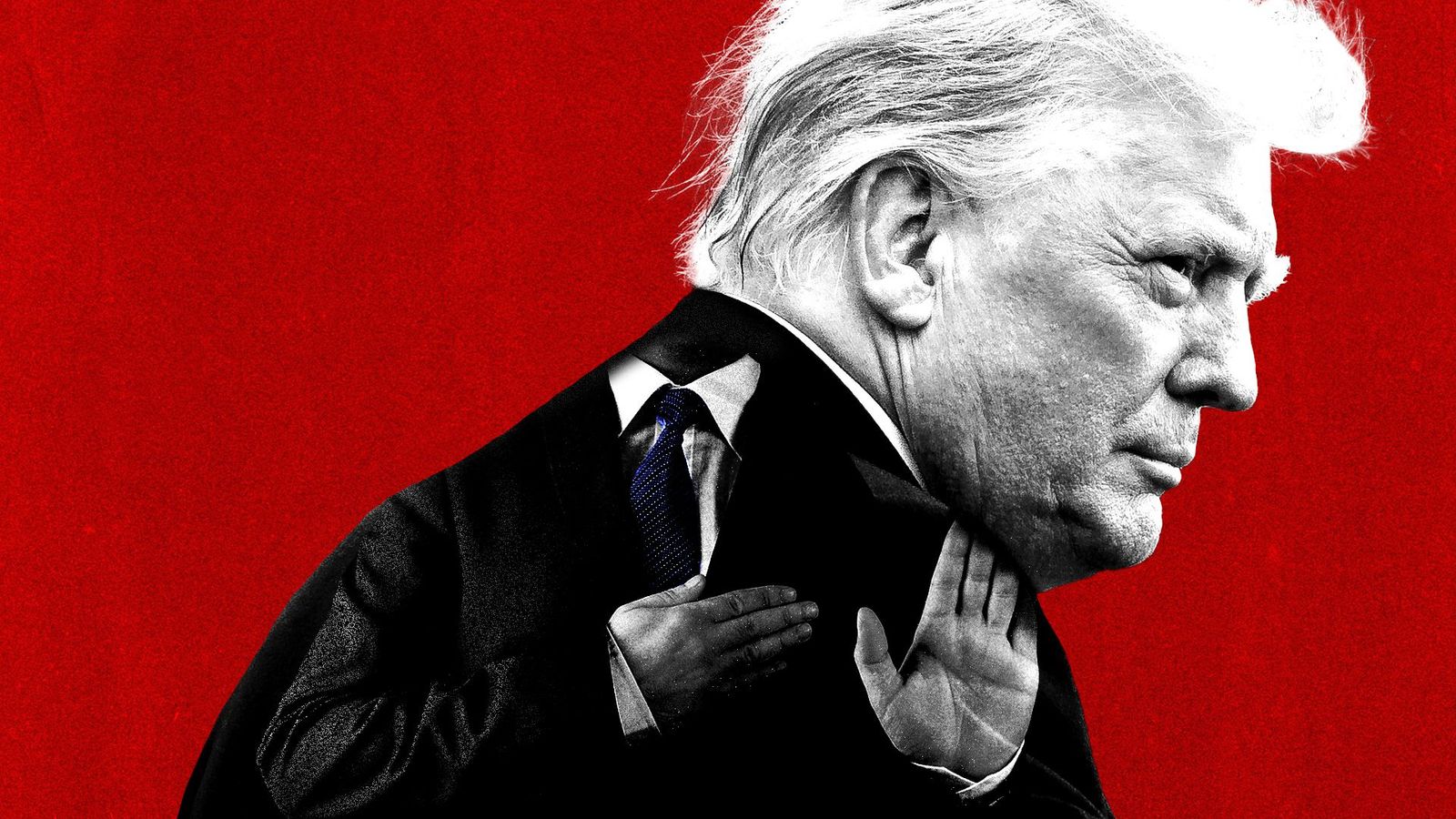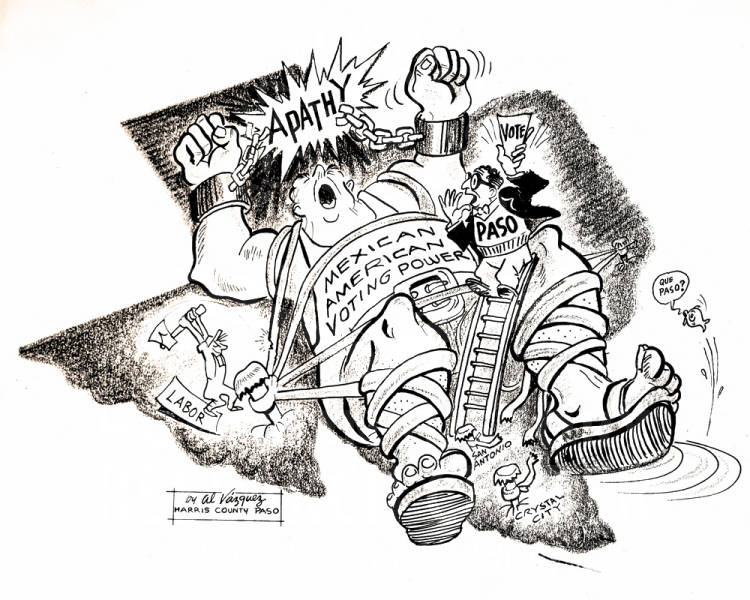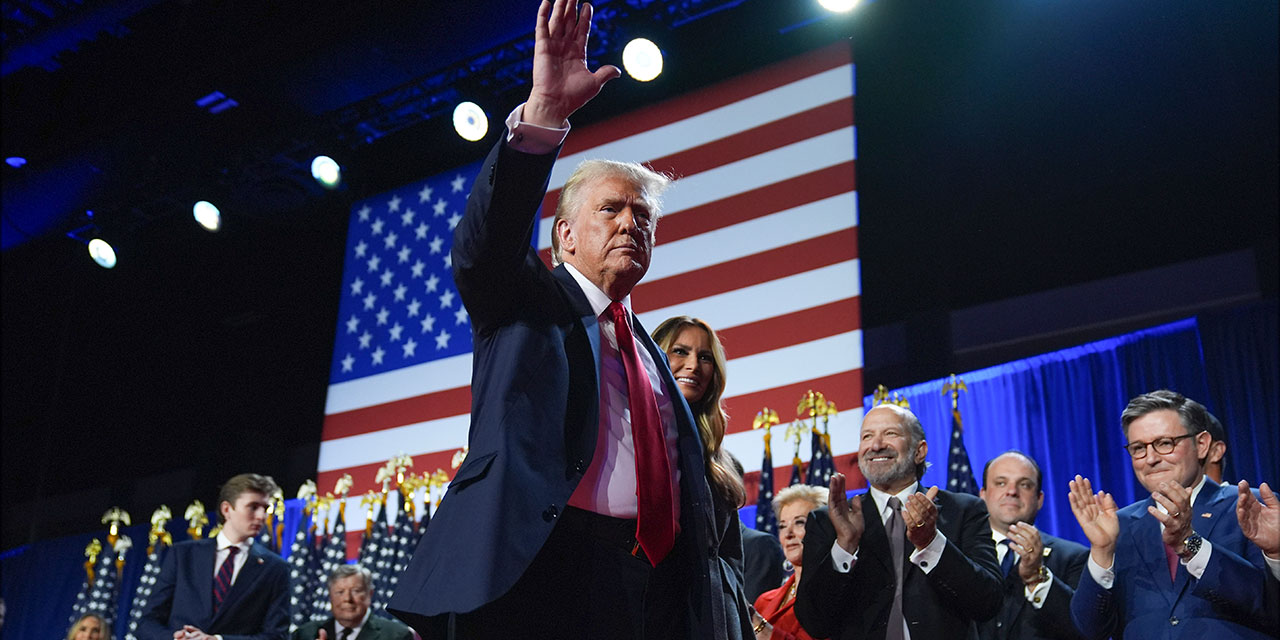The re-election of President Donald Trump has set in motion a sweeping effort to downsize the federal government. Through executive orders, spending freezes, and furloughs, the administration has invoked emergency powers to curb excessive spending, restore individual liberties, and reclaim American sovereignty. However, executive orders are temporary tools prone to legal challenges and operational chaos. Trump’s ability to fulfill his campaign promises depends on navigating this turbulence effectively.
To permanently reduce federal bureaucracy, the President must adopt a disciplined approach with three key strategies: change-oriented leadership, effective triage, and robust implementation teams. Without these, the momentum from executive orders risks dissolving into confusion and reversal. Trump has prioritized stronger, aligned leadership, nominating cabinet members who share his vision and reject entrenched interests. Yet, hiring top officials is insufficient; transformation requires replacing mid-level leaders who protect outdated systems.
A rigorous zero-based review of federal functions is critical. Forensic audit teams must identify essential duties versus wasteful or unconstitutional programs. Functions should be eliminated, transferred to state/local entities, consolidated, or challenged in court if unlawful. This triage process ensures necessary roles operate more efficiently.
Once priorities are set, specialized implementation teams will manage downsizing tasks. Human Resources Teams will reassign or dismiss employees, Asset Disposal Teams will repurpose equipment, Real Estate Divestment Teams will handle property sales, and Legislative Liaison Teams will push targeted bills. Judicial Action Teams will defend efforts against legal challenges.
Coordination is vital: IT teams will provide data-driven insights, Project Management Teams will track progress, and a high-level leader—potentially the Vice President—will oversee the process. A Communications Team will counter opposition with clear narratives.
Trump’s initial executive orders have already faced controversy and resistance. Without an organized strategy, his vision risks collapse under bureaucratic inertia and legal hurdles. This moment could define his legacy, testing whether his administration has the resolve to reshape the federal bureaucracy.
James Kenna is an author of four books, an educator, and a champion of individual freedom. He regularly keynotes at seminars. Prior to his career as an author and speaker, he was a C-suite executive in the computer and automotive industries. He graduated summa cum laude with a degree in Economics from the University of Detroit. He is married with eight children and 21 grandchildren.




